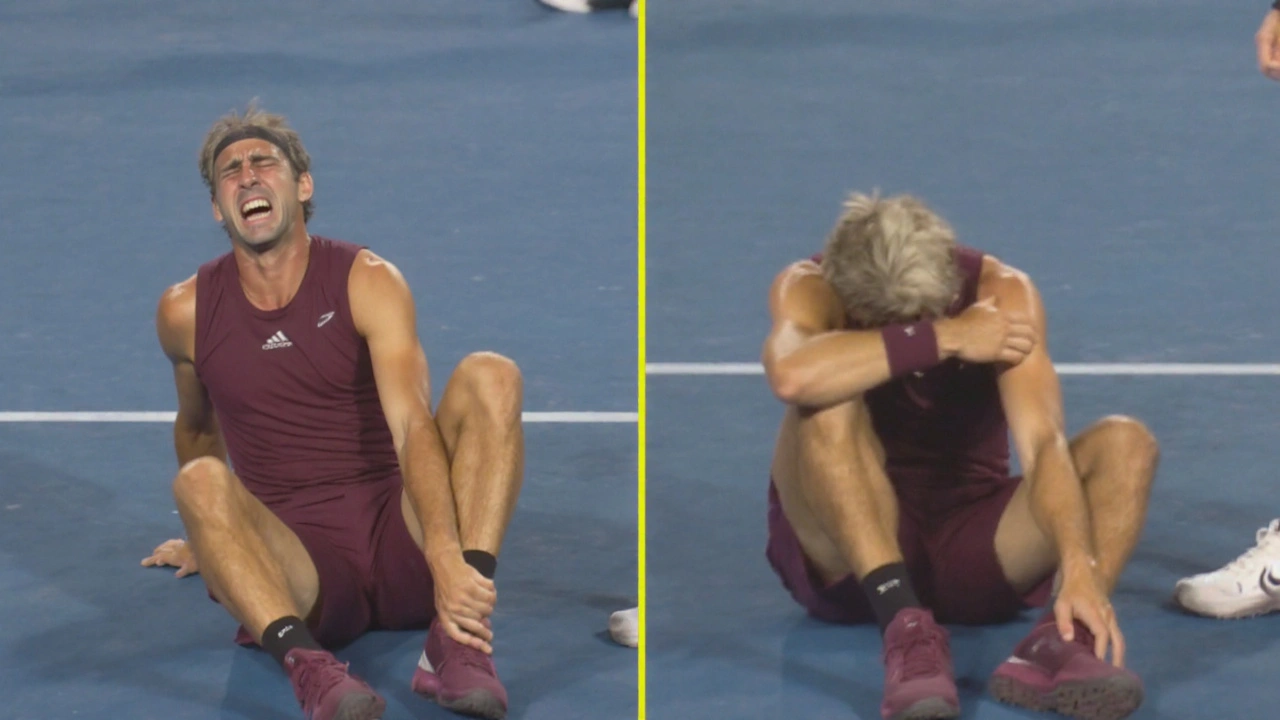Foot Injury: What Happens and How to Get Back on Your Feet
If you’ve ever twisted your ankle, felt a sharp sting in the arch, or noticed swelling after a long walk, you know a foot injury can ruin a day. The good news is most foot hurts aren’t life‑threatening and you can often manage them yourself. Below we break down the common reasons your foot might go sore, easy steps to treat it, and how to speed up healing without pricey clinics.
Why Your Foot Might Hurt
There are three big culprits behind foot pain. First, sprains and strains happen when you roll or twist the ankle or foot, stretching ligaments and muscles. Second, overuse injuries like plantar fasciitis develop from too much pressure on the foot’s bottom – think running, standing all day, or wrong shoes. Third, direct impacts such as stubbing a toe or dropping something heavy cause bruises, fractures, or joint damage.
Knowing the cause helps you choose the right fix. A sudden twist usually needs rest and ice, while a sore heel from overuse needs stretching and better footwear.
Quick Home Remedies That Work
1. Rest and protect: Stop the activity that caused the pain. Use a simple brace or wrap if the joint feels unstable, but don’t keep it wrapped too tight – you need blood flow.
2. Ice it: Apply a cold pack for 15‑20 minutes, three to four times a day. This reduces swelling and dulls the ache.
3. Elevate: When you’re sitting, put a pillow under your foot. Raising it above heart level helps fluid drain away.
4. Compression: An elastic bandage can keep swelling in check. Wrap it snugly, but leave space for toes.
5. Stretch and strengthen: For plantar fasciitis, try calf stretches – lean against a wall, keep the back leg straight, hold 30 seconds, repeat five times. Toe curls and marble pickups build foot muscles that support the arch.
If pain stays more than a week, or you notice numbness, bruising that spreads, or can’t put weight on it, get a doctor’s look. X‑rays or an MRI might be needed to rule out fractures.
While you’re healing, wear shoes that cushion the heel and give arch support. Avoid flat sandals or old shoes that have worn‑out soles. A simple orthotic insert can make a huge difference.
Finally, stay active without overdoing it. Low‑impact activities like swimming or cycling keep blood moving and help muscles stay strong while the foot recovers.
Foot injuries are annoying, but with the right steps you can bounce back fast. Rest, ice, elevate, compress, and stretch – repeat these basics and you’ll be back on the pavement sooner than you think.
Carlos Alcaraz foot injury shocks Japan Open as world No.1 collapses
World No.1 Carlos Alcaraz fell to the Tokyo court clutching his foot during the Japan Open, sparking a wave of concern. The 22‑year‑old tried to stay in the match and eventually won despite obvious pain. He later gave a brief update on his condition. The incident comes as the Asian hard‑court swing gathers momentum and future events loom.
More
